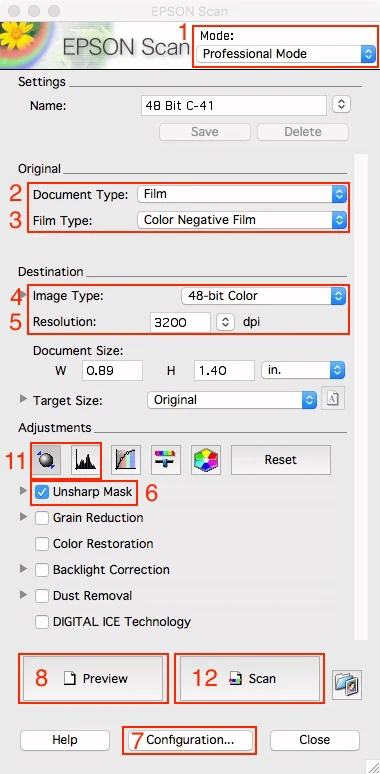Universal tutorial on how to scan a document with an Epson Printer. You can use any TWAIN-compliant scanning program to scan with your scanner. You open the program, select Epson Scan, and scan. When you are finished scanning, the scanned image opens in your scanning program so you can modify, print, and save it. Guidance on Using Scanning Software: Part 5. Version of 4/29/2012. Epson Scan comes with Epson scanners and has simple manual adjustments, but requires vigilance to control the default settings that are not optimal for archival scanning and can reappear unexpectedly. The histogram display has low re.
How To Scan Using Epson Scanner


Scanning Using Epson Printer
Explanation | |
A standard image file format for Windows. Most Windows programs, including word processing programs, can read images in this format. | |
A compressed file format in which the compression level can be selected. The JPEG format lets you highly compress image data. However, the higher the compression, the lower the image quality. Any lost image quality data cannot be restored, and the quality deteriorates each time the data is saved. The TIFF format is recommended when modification and retouching are required. | |
A TIFF format where multiple pages are saved to the same file. You can also edit the scanned images before saving them. See Epson Scan Help for details. To open Multi-TIFF files, you need a program that supports it. | |
A document format that can be read on both Windows and Macintosh systems (platform independent). To use PDF documents in Windows, you need Adobe Reader or Acrobat. Multi-page documents can be saved as one PDF file. When you save color or grayscale images in PDF, you can select a compression level. You can also edit the scanned images before they are saved. See Scanning Directly to a PDF File for details. | |
A standard image file format for Macintosh. Most Macintosh programs, including word processing programs, can read images in this format. | |
PRINT Image Matching II JPEG (*.JPG) or TIFF (*.TIF) | A file format that includes PRINT Image Matching II data for enhanced quality and a wider color range. Print Image Matching II compatible printers can then print this data for brilliant, true-to-life results. (PRINT Image Matching data does not affect the way the image displays on the screen.) Available in JPEG or TIFF format. |
A file format created for exchanging data between many programs, such as graphic and DTP software. When scanning black & white images, you can specify the compression type. |